Introduction
Zongzi, a beloved traditional Chinese dish wrapped in bamboo leaves and filled with glutinous rice, meats, or sweet fillings, holds a cherished place in cultural celebrations, particularly during the Dragon Boat Festival. These pyramid-shaped treats, steeped in history and flavor, are often made in large batches to share with family and friends. However, their perishable nature poses a challenge: how to preserve leftovers without compromising texture or taste. Freezing emerges as the optimal solution, yet improper techniques can lead to freezer burn, sogginess, or flavor loss. This comprehensive guide delves into the science and art of freezing zongzi, ensuring every bite retains its original charm long after preparation. From preparation hacks to reheating secrets, master the steps to savor zongzi anytime, anywhere.

Why Freeze Zongzi?
Freezing zongzi extends its shelf life exponentially, allowing households to enjoy seasonal flavors year-round. Unlike refrigeration, which limits longevity to a few days, freezing halts bacterial growth and enzymatic activity, preserving quality for months. This method also reduces food waste, a critical advantage given the labor-intensive process of making zongzi from scratch. Whether you’ve crafted homemade batches or stocked up during festivals, freezing ensures no delicacy goes unused.
Preparation Before Freezing: The Foundation of Success
Freezing zongzi begins before the rice meets the freezer. Proper preparation prevents common pitfalls like ice crystals or texture degradation.
-
Cool Completely: Never freeze hot or warm zongzi. Rapid temperature changes cause moisture to condense, forming ice crystals that rupture cell walls. Let zongzi cool to room temperature (1–2 hours) on a wire rack to ensure even cooling.
-
Portion Control: Separate zongzi into individual servings. This prevents the need to thaw entire batches, minimizing waste and reheating time.
-
Wrap Like a Pro: The key to preventing freezer burn lies in airtight packaging.
- Double Wrapping: First, wrap each zongzi tightly in plastic wrap, pressing out excess air. For added protection, layer with aluminum foil or place in airtight freezer bags.
- Vacuum Sealing: If available, vacuum-sealing machines remove air entirely, creating an impermeable barrier against freezer odors and moisture loss.
-
Label Clearly: Use waterproof markers to note the freezing date and contents. Zongzi maintains peak quality for 3 months, though it remains safe beyond that.
The Freezing Process: Step-by-Step Precision
Achieving freezer-ready zongzi requires attention to detail at every stage.
-
Freezer-Safe Containers: Opt for rigid plastic containers with tight-fitting lids or heavy-duty freezer bags. Avoid glass jars, which may crack at low temperatures.
-
Arrange Strategically: Place wrapped zongzi in a single layer on a baking sheet. Freeze until solid (2–3 hours) to prevent clumping. Once frozen, transfer to labeled containers or bags. This “flash freezing” technique ensures easy retrieval later.
-
Optimize Freezer Space: Store containers flat or stacked to save space. Avoid overcrowding, as proper airflow maintains consistent temperatures.
-
Set the Right Temperature: Keep your freezer at 0°F (-18°C) or below. Consistent cold halts microbial activity without causing texture issues.
Thawing Methods: Safety and Speed
Thawing zongzi correctly is as crucial as freezing. Improper methods risk bacterial growth or uneven textures.
-
Refrigerator Thawing (Safest Method):
- Transfer frozen zongzi to the fridge 12–24 hours before serving.
- Place on a plate to catch condensation.
- Pros: Maintains moisture and flavor; minimizes bacterial risk.
- Cons: Requires advance planning.
-
Cold Water Thawing (Faster Alternative):
- Seal zongzi in a waterproof bag and submerge in cold water.
- Change water every 30 minutes to ensure safety.
- Pros: Thaws in 1–2 hours.
- Cons: Demands attention to prevent bacterial growth.
-
Microwave Thawing (Quickest Option):
- Use the “defrost” setting in 1-minute intervals, flipping occasionally.
- Pros: Ready in minutes.
- Cons: Risks uneven heating; monitor closely.
Reheating Techniques: Restoring Original Glory
Reheating transforms frozen zongzi into a steaming delight. Master these methods for restaurant-quality results.
-
Steaming (Preserves Moisture):
- Place thawed zongzi in a steamer basket over boiling water.
- Steam for 10–15 minutes until heated through.
- Tip: Add a splash of water to the steamer to prevent drying.
-
Boiling (Quick and Even):
- Submerge thawed zongzi in a pot of boiling water.
- Cook for 8–10 minutes; add water if needed.
- Caution: Avoid overboiling, which may dissolve fillings.
-
Microwaving (Convenience First):
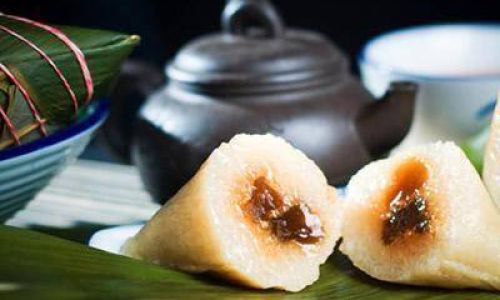
- Wrap zongzi in a damp paper towel and microwave on medium power (50%) for 2–3 minutes.
- Flip halfway to ensure even heating.
- Note: May soften bamboo leaves; remove before microwaving if preferred.
-
Oven Baking (Crispy Exterior):
- Preheat oven to 350°F (175°C).
- Wrap zongzi in foil and bake for 15–20 minutes.
- Result: Slightly crispy rice texture.
Avoiding Common Pitfalls: Mistakes to Sidestep
Even seasoned cooks stumble. Steer clear of these errors:
-
Skipping Cooling: Freezing warm zongzi invites ice crystals and sogginess.
-
Under-Wrapping: Single-layer plastic wrap leaves zongzi vulnerable to freezer burn. Always double-wrap.
-
Overstoring: While safe indefinitely, zongzi’s quality peaks within 3 months. Consume older batches first.
-
Refreezing Thawed Zongzi: Once thawed, never refreeze. Bacteria multiply during the second thaw, posing health risks.
Storage Duration: How Long Do Zongzi Last?
Properly frozen zongzi retains quality for:
- 3 months: Optimal flavor and texture.
- 6 months: Safe to eat but may show slight texture changes.
- Beyond 6 months: Use in cooked dishes (e.g., stir-fries) where texture is less critical.
Labeling ensures rotation, preventing waste.
Creative Uses for Frozen Zongzi: Beyond the Steamer
Leftover frozen zongzi need not reheat the same way twice. Explore innovative recipes:
-
Zongzi Fried Rice:
Dice thawed zongzi and stir-fry with vegetables, eggs, and soy sauce.
-
Sweet Zongzi Bread Pudding:
Soak sweet zongzi in custard, bake, and serve with ice cream.
-
Savory Zongzi Stuffing:
Crumble meat-filled zongzi into stuffing for poultry or mushrooms.
-
Zongzi Skewers:
Grill thawed zongzi on skewers for a crispy, portable snack.
Conclusion: A Timeless Tradition, Frozen in Time
Freezing zongzi bridges tradition and modernity, allowing families to honor heritage without compromise. By mastering cooling, wrapping, and reheating techniques, every zongzi emerges from the freezer as vibrant as the day it was made. Whether enjoyed during festivals or spontaneous cravings, this ancient delight finds new life in the modern kitchen. Embrace the art of freezing, and let the flavors of zongzi transcend seasons—one perfectly preserved bite at a time.
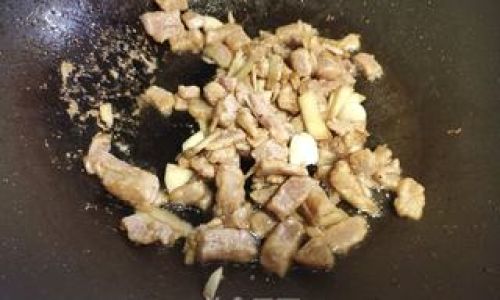

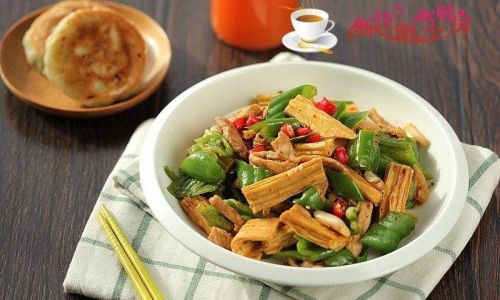
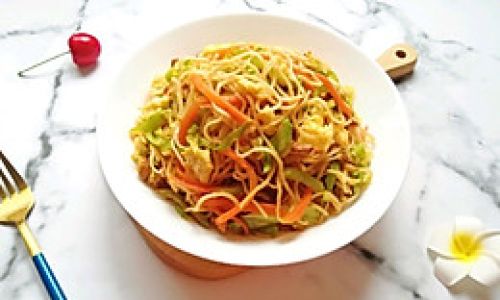
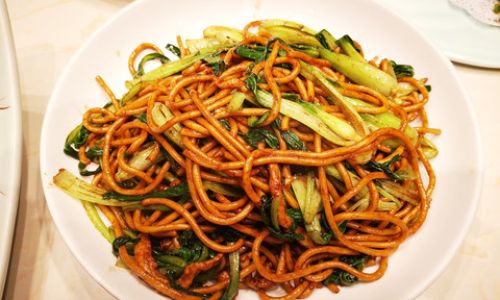
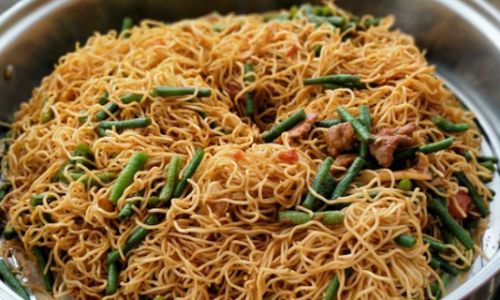
0 comments